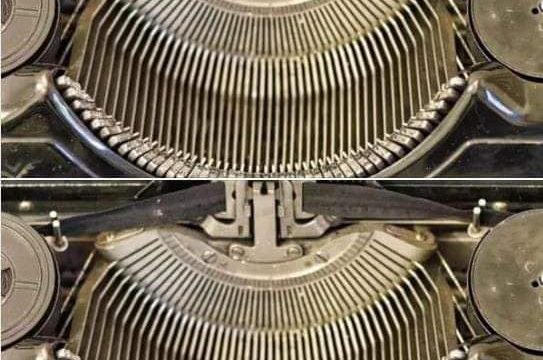
Vintage Chalk Line Tools: Timeless Precision in Craftsmanship
Vintage chalk line tools have been indispensable in the construction and craftsmanship world for generations. Known for their ability to create straight lines over long distances, these tools have stood the test of time, providing accuracy and dependability in numerous trades.
A Glimpse into History
The origins of the chalk line tool date back to the 19th century, an era defined by rapid industrial growth and the introduction of groundbreaking construction technologies. Early versions of the chalk line were basic yet effective—a simple spool with a tightly wound string coated in chalk powder. Craftsmen used this straightforward mechanism to mark precise straight lines on surfaces like wood and masonry, where accuracy was crucial.
For many years, the core concept of the chalk line tool stayed the same, although the materials and designs saw gradual improvements. By the early 20th century, manufacturers began introducing more robust versions capable of withstanding the demands of daily use. Later, in the mid-20th century, further innovations brought retractable lines and ergonomic handles, making the tool even more practical and easier to use.
How It’s Used
The vintage chalk line tool is simple in its construction yet highly effective. It typically includes three main components: a chalk powder container, a reel, and a string or cord. To use it, the line is pulled tight between two points, and the chalk-coated string is snapped against a surface to leave a clear, visible line. This creates a perfectly straight guideline, making it invaluable for tasks that require alignment and precision.
In construction, these chalk lines are instrumental for marking surfaces before making cuts or laying down materials, ensuring everything is positioned correctly for structural soundness and visual appeal. In woodworking, chalk lines help craftspeople achieve accuracy in their cuts, resulting in uniform designs. Beyond that, hobbyists and artisans have relied on chalk lines for various projects, ranging from laying tiles to creating detailed patterns in carpentry.
Enduring Legacy
The legacy of vintage chalk line tools lies in their timeless design and ongoing utility. Even in today’s world of advanced technology and digital measurement tools, chalk lines are still widely used by many professionals and enthusiasts. Their basic yet efficient design showcases how a simple tool can address essential needs with remarkable effectiveness.
These vintage chalk line tools are also cherished for their craftsmanship and historical value. Collectors and enthusiasts seek out these tools, not only for their practical use but also as a tribute to the quality and durability of tools from the past. They symbolize a time when tools were built to last—combining ruggedness with reliability.
The influence of chalk line tools is evident in the development of modern marking tools. They have set a high standard for precision and user-friendliness, continuing to inspire new designs and innovations in the industry today.
Conclusion
Vintage chalk line tools, with their simplicity and effectiveness, hold an iconic place in the history of construction and craftsmanship. They represent an era of ingenious toolmaking and continue to be valued for their precision and reliability. As we look to the future, these tools remind us of the lasting importance of accuracy and the powerful legacy of well-crafted instruments that stand the test of time.





